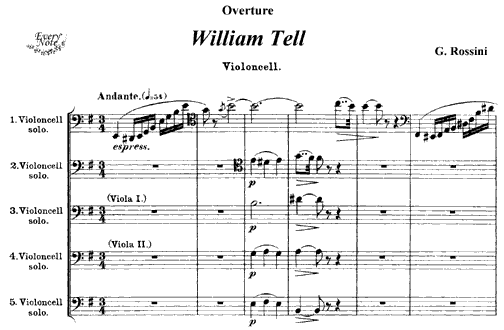In an orchestral context, solo indeed means that the section leader or principal should play on their own, and tutti instructs the rest of the section to start playing again.
If the composer has written 'solo' for one of the orchestral instruments, and at the same time has written a passage for the main soloist, then yes, they are supposed to play together. This is one way of varying the texture of the music in a concerto.
In some cases, you might see 'soli', which typically means that the entire section has an important tune (and hence that everyone else plays p, like in the concerto you mention). The fact that you say it is written 'solo' and not 'soli' might be down to the edition of the score used, performance preference, or artistic licence.
ThereIndeed, there is some flexibility in how the terms are used, and often it's up to the conductor to interpret how solos should be played. There might also be discrepancies between different editions, as publishers might interpret markings differently. Maybe you could check different recordings or editions of the score, if they are available, in order to make comparisons.
Finally, it is worth mentioning that some composers might be clearer than others in their instructions: some might explicitly write out how parts should be divided. Take the famous cello quintet 'solo' at the start of Rossini's overture to William Tell (full cello solo at this link):
Other composers might be a lot less clear in their instructions.

